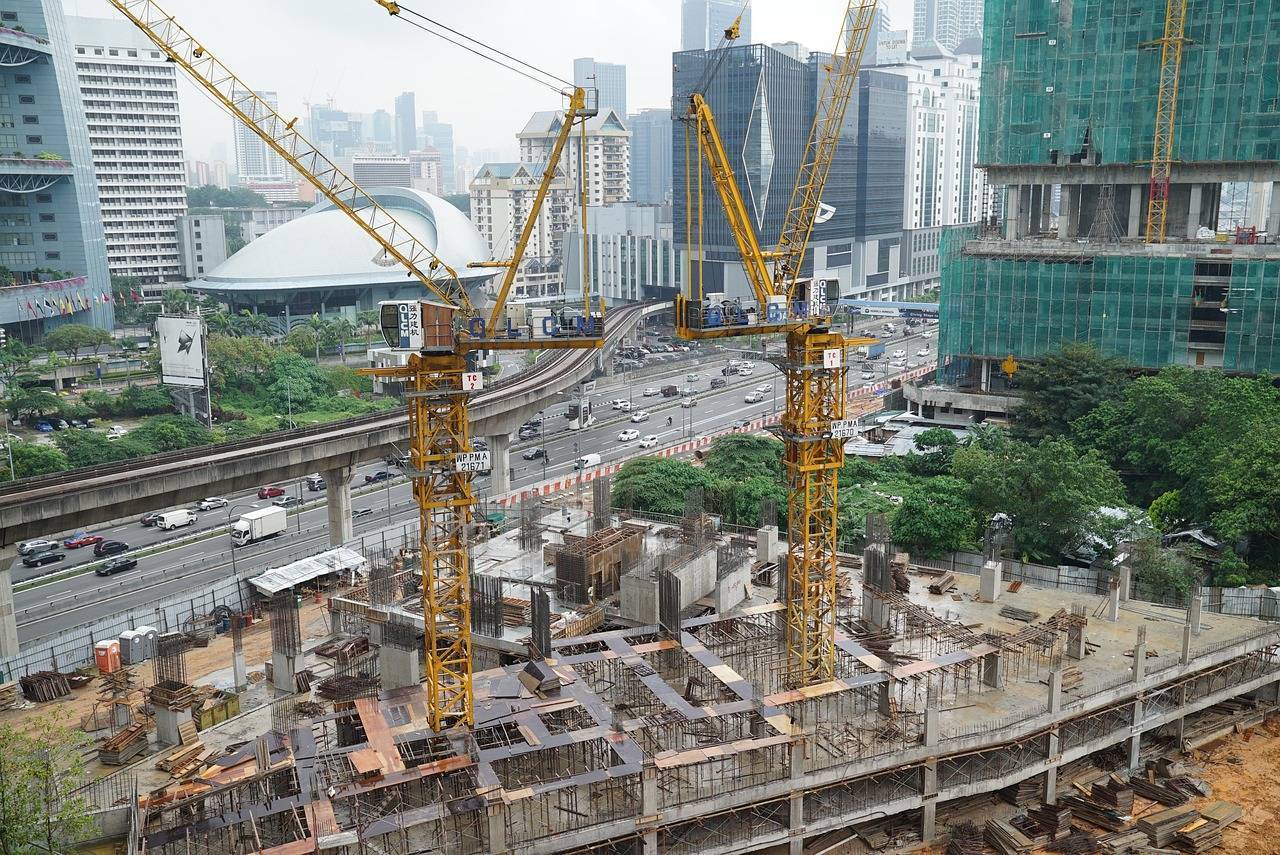A joint inspection committee appointed by the National Green Tribunal (NGT) has flagged serious violations of environmental regulations by at least five large stone-crushing units operating on the Yamuna riverbed in Rampur Ghat village, Paonta Sahib, located in Sirmaur district of Himachal Pradesh. The committee's findings indicate that the units have either partially implemented or completely ignored critical norms set forth by the Central Pollution Control Board (CPCB).
The units in question include M/s Yaksha Industries, M/s Rock Lime and Allied Products, M/s Balaji Stone Crusher, M/s Ashutosh Gupta, and M/s Shubhgiri Industries, all of which were inspected on two separate occasions—in March and May 2025—by a joint committee comprising officials from multiple regulatory bodies. The inspection was conducted as per NGT directions issued in December 2024, following a petition by a local resident, Sarvjeet Singh, who raised concerns about alleged illegal mining and environmental damage caused by these units.
Findings from the Joint Committee Report
The report, recently submitted to the tribunal, documents non-compliance with 10 key environmental parameters, most of which relate to dust control, water pollution, and green cover. The inspections were carried out by a four-member team, including Sirmaur Additional District Magistrate L R Verma, CPCB scientist Narender Sharma, Himachal Pradesh State Pollution Control Board (HPSPCB) regional officer Atul Parmar, and Anup Kumar Das, scientist from the Ministry of Environment, Forest and Climate Change (MoEFCC).
Key observations made during the site visits include:
- Lack of Dust Control Measures: The crushing units were found operating without proper enclosures or dust suppression mechanisms. Dry dust collection systems and bag filters, which are mandated to prevent air pollution, were not installed at most sites.
- Uncovered Conveyor Belts: The material-handling systems lacked covers, allowing dust to escape into the surrounding environment. Telescopic chutes, used to control the flow of material during loading into vehicles and reduce airborne particulate matter, were also absent.
- Absence of Wind-Breaking Walls: None of the units had constructed the required three-foot-high wind-breaking walls, which are necessary to prevent dust dispersion into nearby agricultural and residential areas.
- Poor Road and Infrastructure Conditions: The units did not have metalled internal roads, resulting in dust generation from vehicle movement. Additionally, no water sprinklers or anti-smog guns were installed, further contributing to air pollution.
- Non-compliance with Water Pollution Norms: Some crushers lacked washing plants and sedimentation tanks, essential for preventing run-off and sediment discharge into water bodies, thereby posing risks of water contamination in the Yamuna river basin.
- Failure to Develop Green Belts: The operators did not plant rows of tall trees or create vegetative barriers around the crushing premises, another standard requirement to mitigate environmental impact.
The report, however, acknowledged that all the inspected units had complied with the requirement of installing CCTV cameras, as mandated by the CPCB for monitoring purposes.
NGT's Interim Directions
In light of these findings, the joint committee has directed all five units to halt operations until they fully comply with the environmental safeguards outlined by the CPCB and the state pollution control board. The report mentions that mining and stone crushing activities are already suspended during the monsoon season in Himachal Pradesh and operations will only resume after verification of compliance in post-monsoon inspections.
“The permission to restart will be granted only upon full adherence to environmental guidelines and successful reinspection of all facilities,” the report states.
Silence on Illegal Mining Allegations
While the inspection addressed a range of pollution-related violations, the committee’s report is silent on the allegations of illegal mining raised in the original complaint by Sarvjeet Singh. According to the petition, the stone crushers were not only polluting the area but also engaging in unregulated extraction of riverbed material, adversely impacting local ecology and agricultural livelihoods.
The petitioner alleged that large clouds of dust could frequently be observed around Rampur Ghat village and the adjoining agricultural fields, leading to reduced crop yields and adverse effects on flora and fauna. Singh's letter, which formed the basis for NGT’s intervention, also pointed to an ongoing pattern of non-compliance and administrative inaction by local regulatory bodies.
Broader Context and Remaining Units
The report notes that in addition to the five units found violating norms, another five stone crushers are operating in the same region. However, the status of these other units is not covered in the current inspection findings. With a total of ten operational units in Rampur Ghat area, the environmental footprint of stone crushing activities in this zone is likely to be significant.
As the monsoon season restricts on-ground activity, the upcoming months will be critical in determining whether the identified units take steps to retrofit their operations and comply with environmental mandates. Local environmental groups and residents are expected to monitor the situation closely, while the NGT is likely to seek a status update in the next hearing post-monsoon.
For now, the stone-crushing operations in Rampur Ghat stand suspended, awaiting both regulatory clearance and a shift in their environmental practices.









.png)